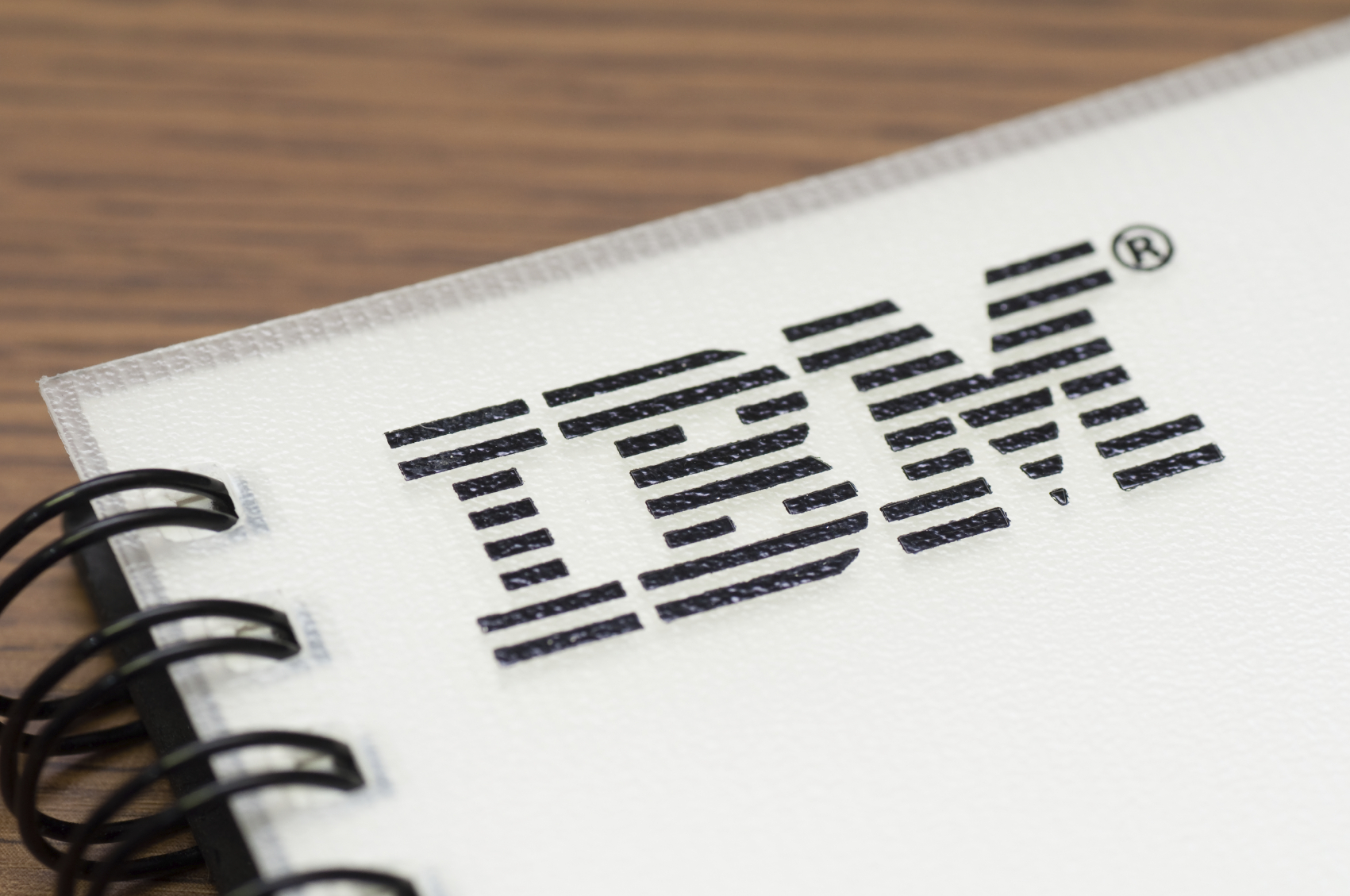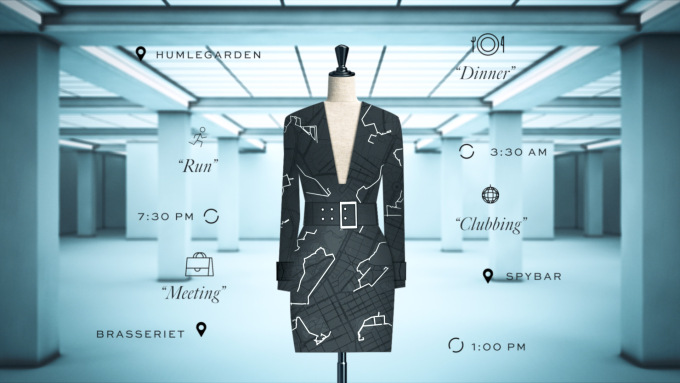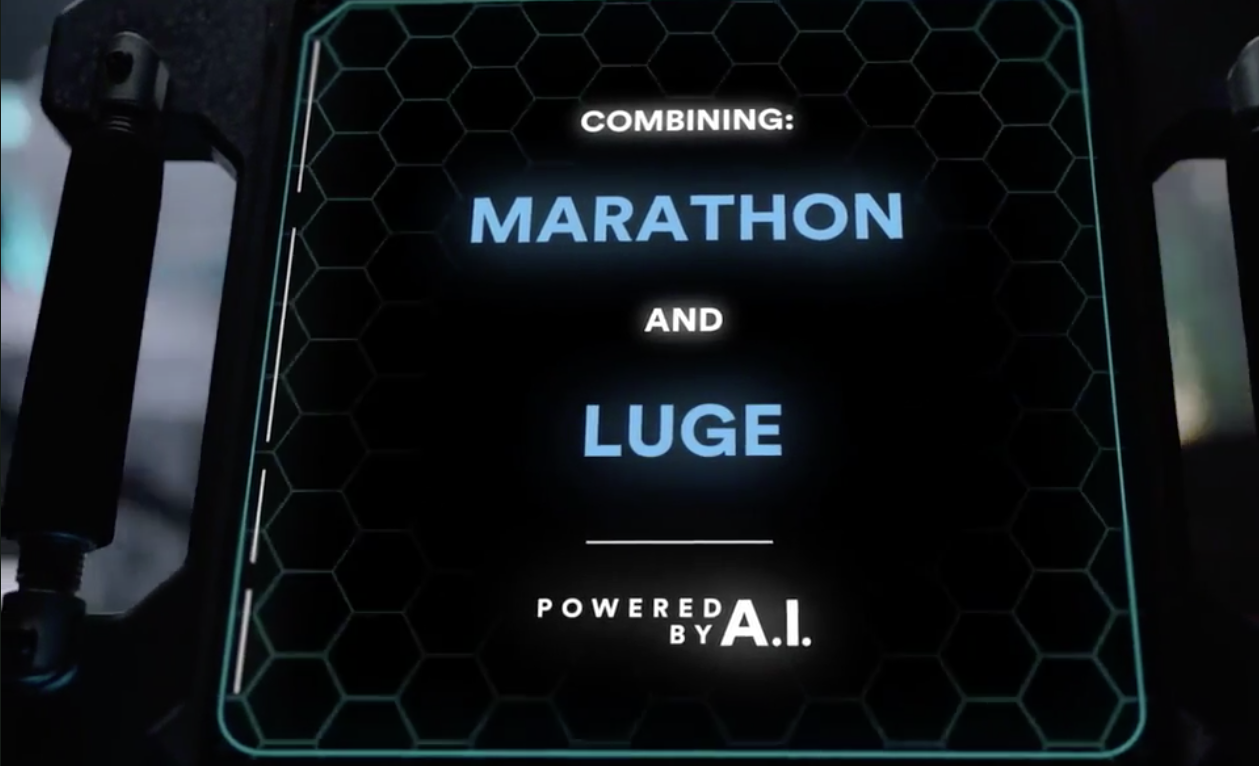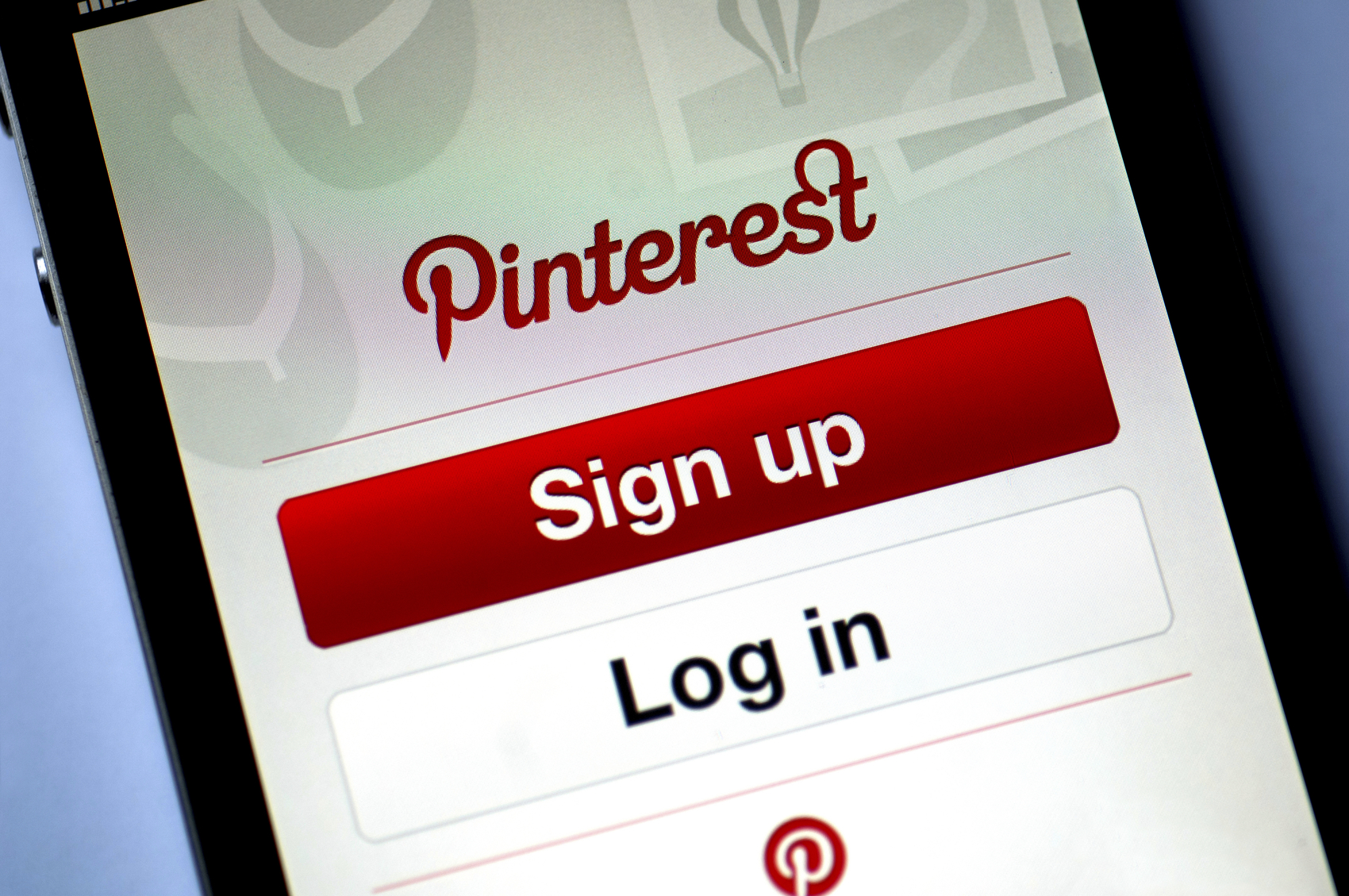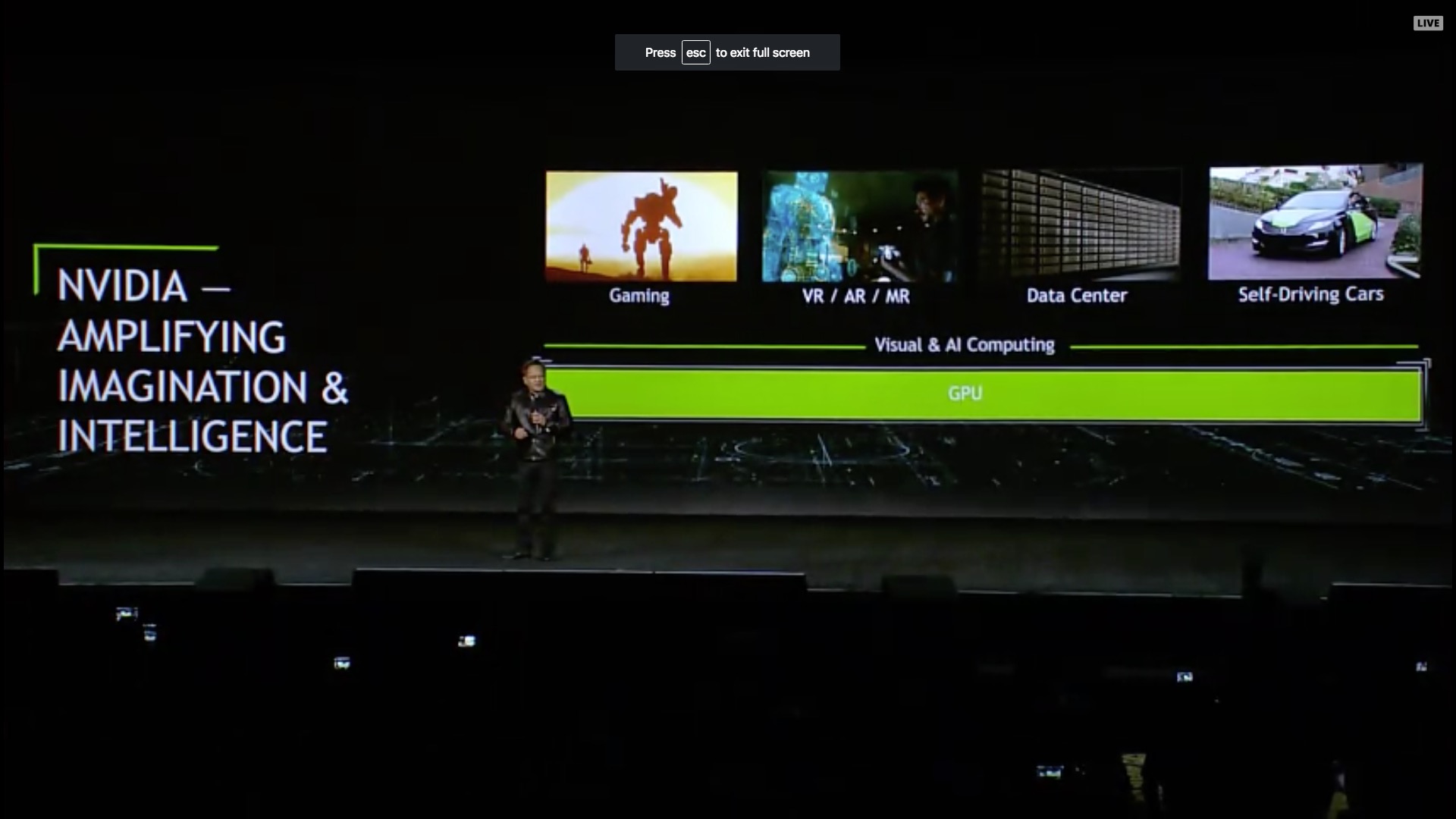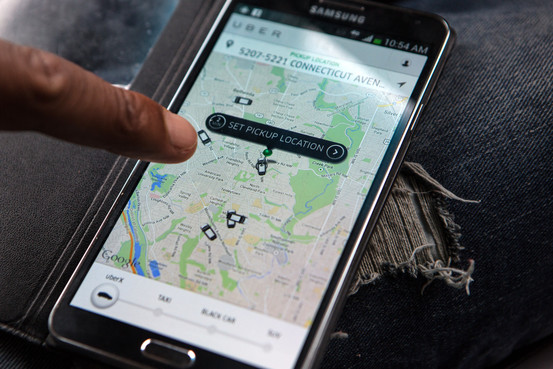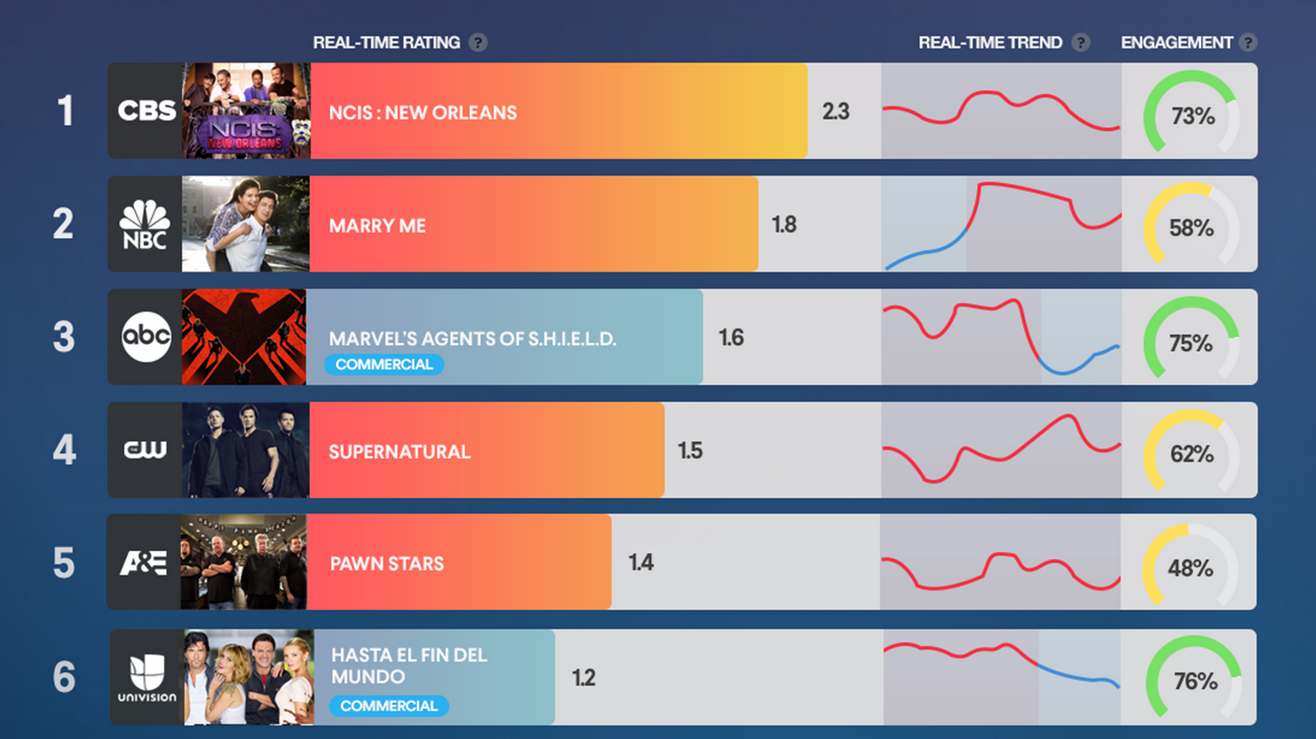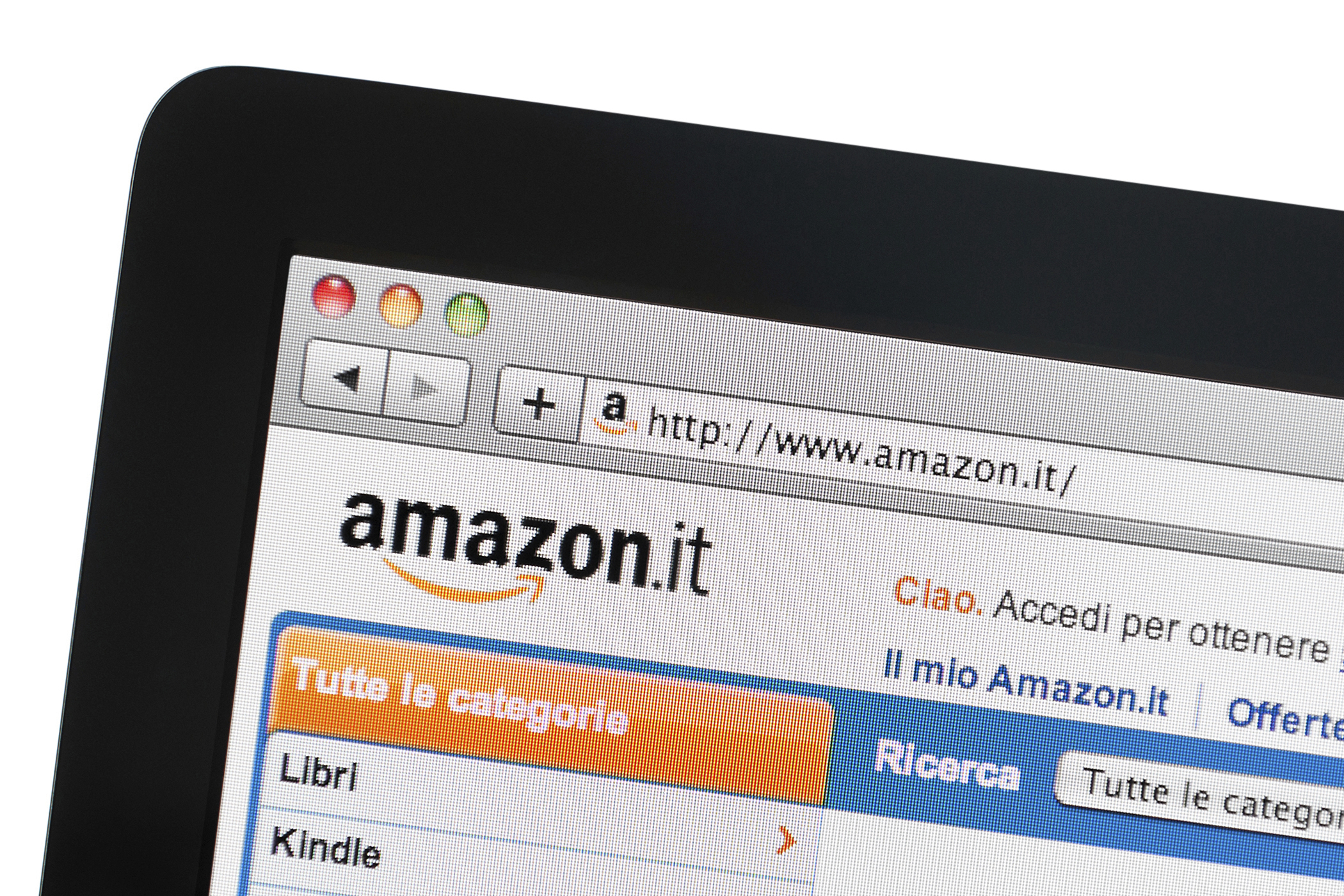NVIDIA CEO Jen-Hsun Huang took the stage at the 50th CES to deliver an opening keynote address that showcased the remarkable advances NVIDIA has made in visual and AI computing, as well as how the chip-making company aims to apply them to a wide range of domains, including gaming, connected TV, smart home, and self-driving cars. Here are the three most important products Huang introduced during his keynote:
GeForce Now for On-Demand Gaming
Competitive gaming has grown into a huge global media phenomenon that attracts huge numbers of viewers worldwide. In fact, Huang called it “the biggest sports event in the world,” citing that there are now 100 million MOBA game players and over 325 million eSports spectators.
With that much consumer attention to capitalize on, NVIDIA is opening up its video game streaming service GeForce Now, previously only available via its own Shield gaming console, and bringing it to PC and Mac to reach more potential players. Using NVIDIA cloud computing powers, PC and Mac devices will be able to run the type of graphically intensive video games it can’t handle locally. The service is set to launch in March and will be priced in a tiered, on-demand manner starting at $25 for 20 hours of play.
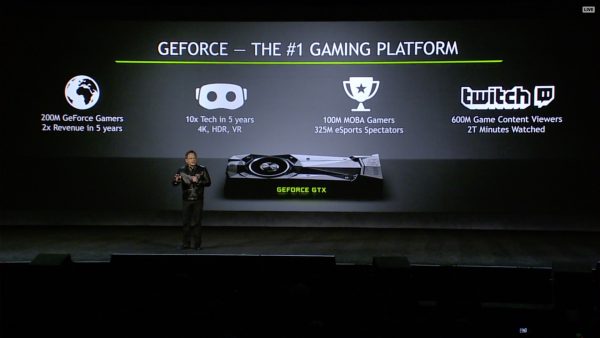
For brands, this expansion of GeForce reinforces the growing prominence of the gaming and eSports industry. In the past few years, the competitive gaming industry has quickly grown into a media opportunity that brands should not ignore. Some early-adopting brands, such as Coca-Cola and Snickers, have been sponsoring eSports events to reach its young, male-skewing audience. As media companies race to capture the vast eSports audience, brands, especially those seeking global recognition, should consider leveraging the massive reach of eSports events via sponsorships and ads.
NVIDIA Spot for A Google Assistant-Powered Smart Home
One of the most evident trends we have identified at this year’s CES is how quickly voice assistants led by Amazon’s Alexa have taken over the smart home space as the de-facto interface that facilitates users interactions on those IoT home devices. Now NVIDIA is adding to this trend by introducing Spot, a small connected mic that you can attach to the wall and bring Google Assistant into every corner of your home. NVIDIA Spot, which is set to launch later this year, connects to its new Shield console over Wi-Fi and transfer the voice command back to it for processing. With a few of them strategically placed throughout the house, summoning Google Assistant at home would become a truly ambient experience that seemingly operates without the confines of a hardware device, akin to the way Ironman talks to his digital butler Jarvis in the movies.
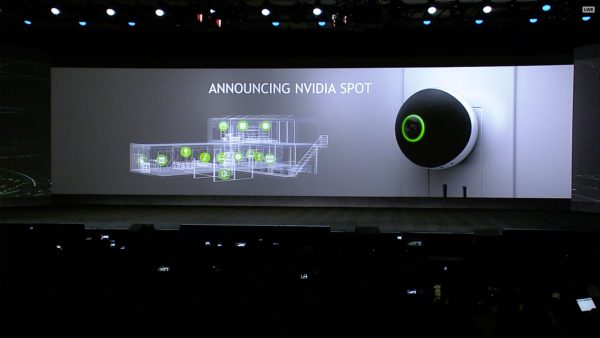
With voice-activated assistants quickly conquering the home space and bringing AI-powered voice-activation to mainstream consumers. This means it is time for brands to start exploring how incorporating conversational interfaces may help improve the customer experience, for they offer a way in for those brands to reach consumers at home and connect with them in a more intimate, relaxed context. Therefore, brand marketers, especially those in the CPG, food, and lifestyle categories, need to pay close attention to the developments in the smart home space and start exploring possible partnerships.
Xavier and AI Co-Pilot Show NVIDIA’s Self-Driving Ambitions
At the beginning of his keynote, Huang noted that “GPU-powered deep learning is driving the ability for computers to perceive the world.” Later he added that “AI is the solution to the self-driving cars” when introducing Xavier, NVIDIA’s AI computer for self-driving cars. In addition to this powerful compact processing unit that will power its autonomous car being developed in partnership with Audi, NVIDIA also demoed an interesting “AI Co-pilot” mode, which uses computer vision, machine learning, and natural language processing to turn the self-driving AI software into an all-seeing, all-sensing co-pilot that can alert the drivers of the road conditions they may have missed or not in eyesight via spoken suggestions.
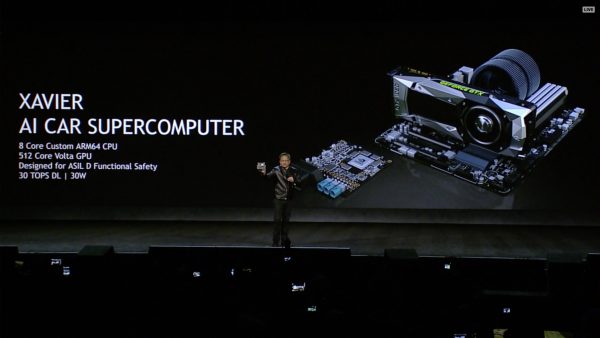 This wave of self-driving innovation is set to bring a seismic change to the auto and transportation industries. And that shakeup is coming at a quicker pace with each announcement like the ones NVIDIA just made. For auto brands, it represents great challenges to adapt to, but also enormous opportunities to redefine the future of driving. For every other brand, the eventual arrival of self-driving cars will free up a significant amount of time spent on driving and transform cars into the next battleground for consumer attention, something that brand marketers need to keep an eye out for.
This wave of self-driving innovation is set to bring a seismic change to the auto and transportation industries. And that shakeup is coming at a quicker pace with each announcement like the ones NVIDIA just made. For auto brands, it represents great challenges to adapt to, but also enormous opportunities to redefine the future of driving. For every other brand, the eventual arrival of self-driving cars will free up a significant amount of time spent on driving and transform cars into the next battleground for consumer attention, something that brand marketers need to keep an eye out for.
